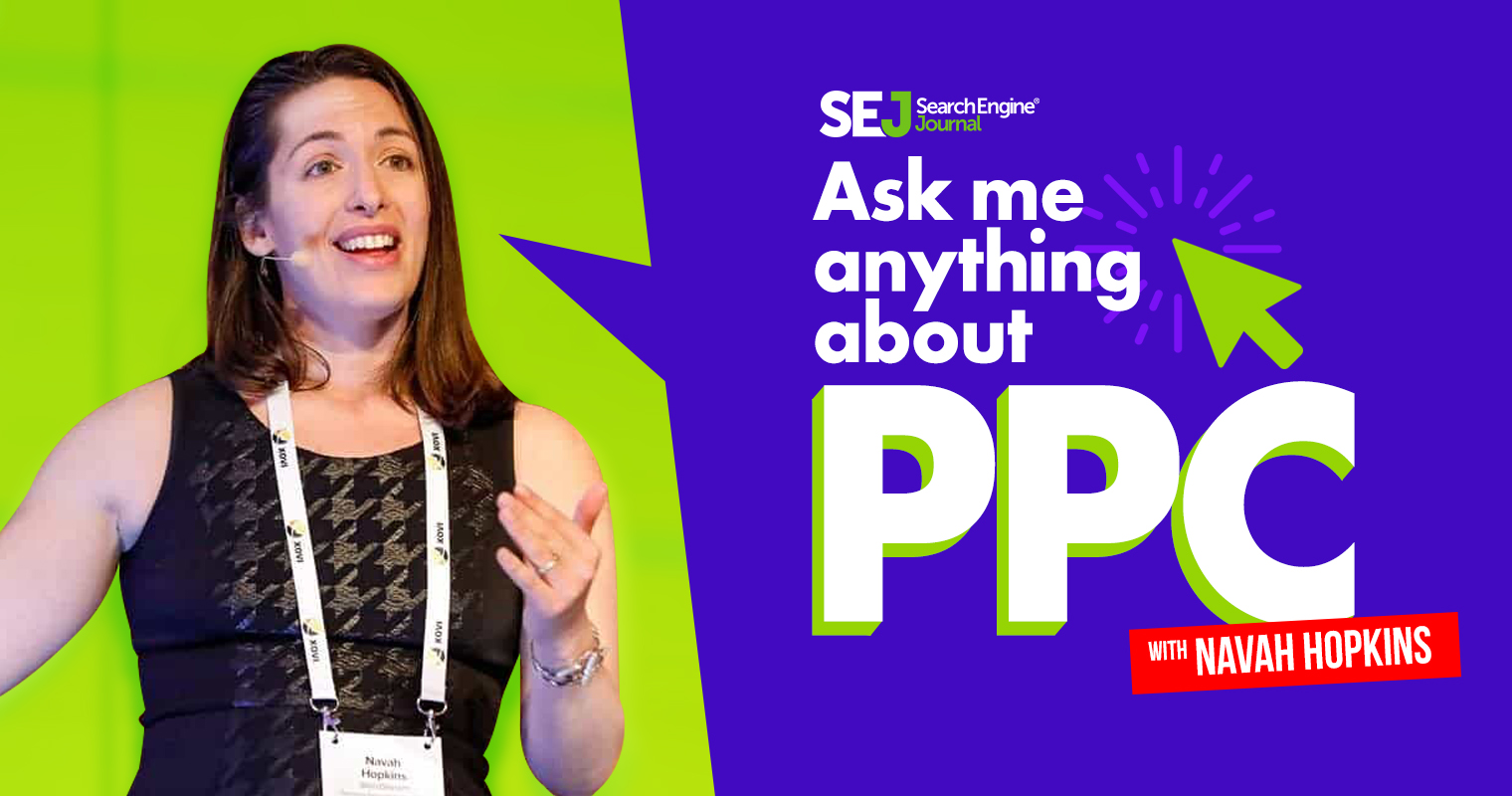It can be really tough to come up with paid media KPIs and their correlating budgets.
The most important factor is understanding what a customer is worth and how many leads you need to yield a customer.
This month’s Ask The PPC question asks us to explore how we come up with costs per acquisition (CPAs) and how to use them to create a campaign budget/strategy. Galle asks:
“In PPC, is there a correlation between actual value of the product/service and CPA?
If so, how can one use this insight when planning the campaign budget.
Cheers!”
In short, what is a good CPA? Let’s take a look.
The Correlation Between Customer Value + CPA
All paid media campaigns function off an auction.
Based on the competitiveness of an idea (search term or target audience), you may be forced to pay a premium or get discounts.
Different products and services have different auction prices.
For example, the legal industry has some of the most expensive costs per click (CPCs), which correlates to the cost of services.
The average personal injury case is worth around $5,000 to $6,000 to the firm, so paying $200 to $400 per click can still achieve positive ROI.
If the conversion rate is good (35%-40%), it’s reasonable to expect a $600 to $700 CPA on a $20,000 spend. Given this scenario, the ROAS (return on ad spend) would be 8.34x.
This would be an all-star account.
Most conversion rates will be closer to 10%-25% (i.e., the sale/deal happened).
Setting realistic expectations for CPAs and ROAS directly influences the success of campaigns.
If there isn’t budget to get enough clicks in the day, the campaign won’t be able to deliver results or get out of the learning period.
Be sure you’re factoring in customer lifetime value into your CPA and ROA goals.
If you sell a $15 product that invites a monthly subscription, be sure you’re considering the average lifetime of the customer.
An annual customer would be worth $180 and allows for a higher CPA.
What Is A Good CPA?
A good CPA (cost per acquisition) will bring in customers at a profitable price while remaining competitive enough to keep the brand in high-value auctions.
CPAs should be high enough that ad networks can still bid enough to maintain around 65% top of page impression share.
Yet it should also be low enough that gross margins are maintained.
As you’re setting your CPA, be sure you’re considering the following:
- Do you trust your conversions?
- Are all conversions equal?
Based on these answers, you’ll use CPA/ROAS-oriented bidding or stick with a manual.
You’ll receive a potential CPA when you opt into smart bidding. This number is based on your historical conversions and previous CPA.
While it can be a good starting point, often, it will come in low/high.
Make sure you set a CPA you’ll be happy with that will give the campaign room to grow.
Final Takeaways
A good CPA allows the campaign to perform while enabling real-world ROI.
Customer value is crucial in determining a good CPA and directly influences the campaign budget.
Have a question about PPC? Submit via this form or tweet me @navahf with the #AskPPC hashtag. See you next month!
More resources:
Featured Image: Paulo Bobita/Search Engine Journal
